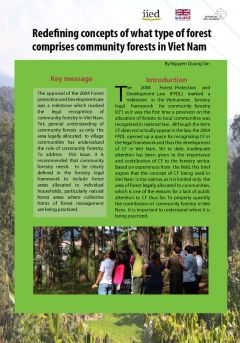Making sense of research for sustainable land management
Land is of multi-dimensional character. It is multi-scale, multi-functional, multi-sectorial, multi-actor based: it needs people from practice and research to interact as equal partners to make sense of research for sustainable land management. The kind of research needed to deal with this complexity and these challenges we term implementation-oriented research.





